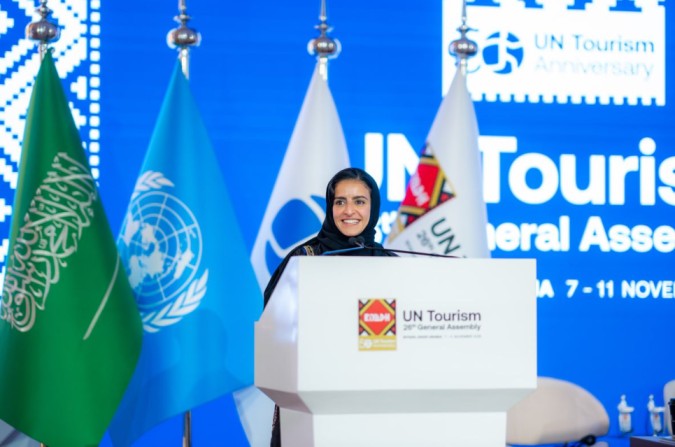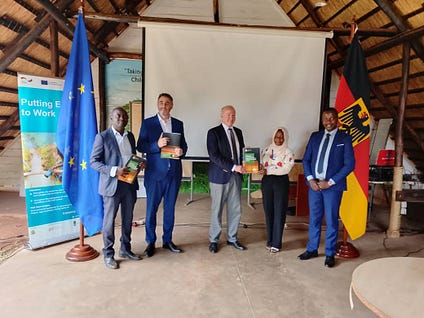Crossbreeding corals from Honduras could help protect Florida’s coast. Here’s how it was done. – CBS News

Report on the “Flonduran” Coral Restoration Initiative and its Alignment with Sustainable Development Goals
Executive Summary
A pioneering international initiative is underway to restore Florida’s deteriorating coral reef system through the crossbreeding of local corals with more resilient specimens from Honduras. This project directly addresses multiple United Nations Sustainable Development Goals (SDGs), primarily focusing on climate action, marine ecosystem conservation, and global partnerships. The effort aims to enhance the climate resilience of Florida’s reefs, which are critical for biodiversity and coastal protection, thereby contributing significantly to **SDG 13 (Climate Action)** and **SDG 14 (Life Below Water)**.
Threat Analysis: Florida’s Reefs and SDG 14
Florida’s coral reef, the third-largest barrier reef system in the world, is facing an unprecedented crisis that severely undermines the objectives of **SDG 14 (Life Below Water)**. The Elkhorn coral, a foundational species for the reef’s structure, has been particularly devastated.
- Climate Change Impacts: Rising ocean temperatures, a direct consequence of climate change, have caused mass bleaching events and mortality. The extreme marine heatwave in 2023 culminated in catastrophic losses.
- Biodiversity Loss: According to Dr. Andrew Baker of the University of Miami, over 95% of the Elkhorn coral population off Florida’s coast has been lost. This represents a significant loss of marine biodiversity, a key target of SDG 14.
- Compounding Factors: The decline is exacerbated by pressures from coastal development and disease outbreaks, further threatening the marine ecosystem.
A Strategic Intervention in Support of SDG 13 and SDG 17
In response to this crisis, a novel restoration strategy has been implemented, representing a landmark achievement in international environmental cooperation and a direct action toward **SDG 17 (Partnerships for the Goals)**. The project unites scientific expertise from U.S. and Honduran institutions to build climate resilience, a core tenet of **SDG 13 (Climate Action)**.
Project Methodology
The project, nicknamed “Flonduran,” is the first of its kind to receive permits for outplanting internationally crossbred corals onto wild reefs. The process involves several critical steps:
- Genetic Sourcing: Scientists identified and collected fragments of robust Elkhorn coral from Tela Bay, Honduras, an environment known for producing exceptionally tough corals. This work was conducted by the Honduras-based research center, Tela Marine.
- International Collaboration: Following the acquisition of necessary permits, the Honduran coral fragments were transported to Florida. This step highlights a successful partnership between the University of Miami, The Florida Aquarium, and Tela Marine, embodying the spirit of **SDG 17**.
- Crossbreeding: In laboratory facilities, scientists crossbred the resilient Honduran corals with the remaining Florida Elkhorn corals to create a genetically diverse and more heat-tolerant hybrid.
- Outplanting: The first generation of these crossbred corals has been carefully planted on the reef off the coast of Miami, with protective measures to shield them from predators.
Projected Impacts on Coastal Resilience and Biodiversity
The success of this initiative carries profound implications for sustainable development, extending beyond immediate ecosystem restoration.
- Contribution to SDG 11 (Sustainable Cities and Communities): As noted by Keri O’Neil of the Florida Aquarium, healthy coral reefs serve as natural barriers that dissipate wave energy from hurricanes. By restoring the reef, this project enhances the coastal protection of South Florida’s communities, making them more resilient to climate-related hazards.
- Advancement of SDG 14 (Life Below Water): The primary goal is to rebuild the reef’s skeletal structure, which is essential for restoring marine biodiversity and the overall health of the ocean. A successful “Flonduran” population would be a monumental step toward conserving and restoring marine ecosystems.
Conclusion and Future Outlook
The “Flonduran” coral project serves as a critical model for proactive climate adaptation. The initial outplanting is a proof of concept that must now be expanded. As Dr. Baker stated, the next phase requires scaling up efforts to plant hundreds of thousands of corals along the reef tract. Continued investment and expansion of this international partnership are essential to counteract the impacts of climate change and meet global commitments under the Sustainable Development Goals.
Analysis of SDGs, Targets, and Indicators
1. Which SDGs are addressed or connected to the issues highlighted in the article?
The article discusses issues and initiatives that are directly relevant to the following Sustainable Development Goals (SDGs):
- SDG 13: Climate Action – The article explicitly states that “Warming ocean waters have had a devastating impact on the coral reefs” and that rising temperatures are “fueled by climate change.” The entire restoration effort is a response to the impacts of climate change on marine ecosystems.
- SDG 14: Life Below Water – The core focus of the article is the conservation and restoration of Florida’s coral reef, a critical marine ecosystem. It details the loss of Elkhorn coral and the scientific efforts to “restore Florida’s coral reef” and “save the third-largest barrier reef system in the world.”
- SDG 17: Partnerships for the Goals – The project described is a clear example of international and multi-stakeholder collaboration. The article highlights that it is the “first time ever in the world that an international cross of corals from different countries have been permitted for outplanting,” involving scientists from the U.S. (University of Miami, Florida Aquarium) and Honduras (Tela Marine).
2. What specific targets under those SDGs can be identified based on the article’s content?
Based on the article, the following specific targets can be identified:
- Under SDG 14: Life Below Water
- Target 14.2: “By 2020, sustainably manage and protect marine and coastal ecosystems to avoid significant adverse impacts, including by strengthening their resilience, and take action for their restoration in order to achieve healthy and productive oceans.” The project’s goal to restore the reef by planting crossbred, more resilient corals (“Flonduran” Elkhorn) directly addresses this target. The article notes the need to “rebuild” the reef to make it “robust and healthy.”
- Target 14.5: “By 2020, conserve at least 10 per cent of coastal and marine areas…” The efforts to save and restore Florida’s 350 miles of reefs, which are part of the world’s third-largest barrier reef system, contribute to the conservation and effective management of these critical marine areas.
- Under SDG 13: Climate Action
- Target 13.1: “Strengthen resilience and adaptive capacity to climate-related hazards and natural disasters in all countries.” The article explains that with “robust and healthy corals, South Florida’s coastal communities are better protected from flooding because the reefs help break up hurricane-fueled waves.” This highlights the role of ecosystem restoration as a natural defense against climate-related hazards.
- Under SDG 17: Partnerships for the Goals
- Target 17.6: “Enhance North-South, South-South and triangular regional and international cooperation on and access to science, technology and innovation…” The project is a direct example of this, described as an “international collaboration” where scientists from the U.S. and Honduras share knowledge and biological resources (coral) to create an innovative solution.
- Target 17.17: “Encourage and promote effective public, public-private and civil society partnerships…” The partnership involves universities (University of Miami), a non-profit aquarium and research center (Florida Aquarium, Tela Marine), and implies government involvement through the permitting process required to “transport the coral fragments into the U.S.”
3. Are there any indicators mentioned or implied in the article that can be used to measure progress towards the identified targets?
The article mentions or implies several indicators that can be used to measure progress:
- For Target 14.2 (Ecosystem Restoration):
- Indicator: Percentage of coral loss/coverage. The article provides a baseline by stating that “more than 95% of the Elkhorn coral off Florida has been wiped out.” Progress can be measured by the increase in coral coverage over time.
- Indicator: Survival rate of transplanted corals. A key measure of success is explicitly mentioned: “And if these corals can live through the next marine heat wave, then that is critical…” This implies that the survival rate of the newly planted “Flonduran” corals is a primary indicator of the project’s success.
- Indicator: Scale of restoration efforts. The need for scaling up is mentioned: “We need to now scale this up and be out planting hundreds of thousands of baby corals all throughout the reef.” The number of corals outplanted would be a direct indicator of progress.
- For Target 13.1 (Strengthening Resilience):
- Indicator: Coastal protection effectiveness. While not directly measured, the article implies an indicator related to the reduction of coastal vulnerability. The statement that healthy reefs “help break up hurricane-fueled waves” suggests that the structural integrity and growth of the restored reef could be measured as an indicator of its capacity to provide coastal protection.
- For Target 17.6 (International Cooperation):
- Indicator: Number of international scientific partnerships for conservation. The article highlights this project as “the first time ever in the world that an international cross of corals from different countries have been permitted for outplanting.” The existence of this unique collaboration serves as an indicator itself.
4. Table of SDGs, Targets, and Indicators
| SDGs | Targets | Indicators |
|---|---|---|
| SDG 14: Life Below Water | 14.2: Protect and restore marine and coastal ecosystems. |
|
| SDG 13: Climate Action | 13.1: Strengthen resilience and adaptive capacity to climate-related hazards. |
|
| SDG 17: Partnerships for the Goals | 17.6: Enhance international cooperation on science, technology, and innovation.
17.17: Encourage and promote effective partnerships. |
|
Source: cbsnews.com

What is Your Reaction?
 Like
0
Like
0
 Dislike
0
Dislike
0
 Love
0
Love
0
 Funny
0
Funny
0
 Angry
0
Angry
0
 Sad
0
Sad
0
 Wow
0
Wow
0

















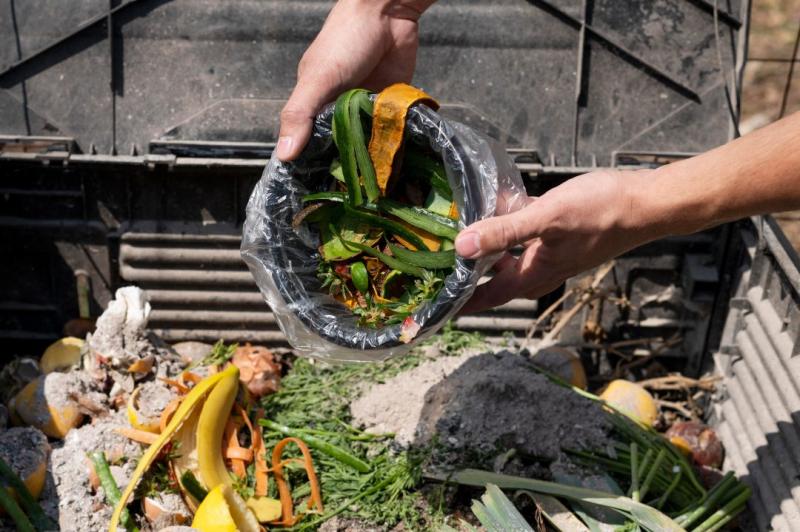







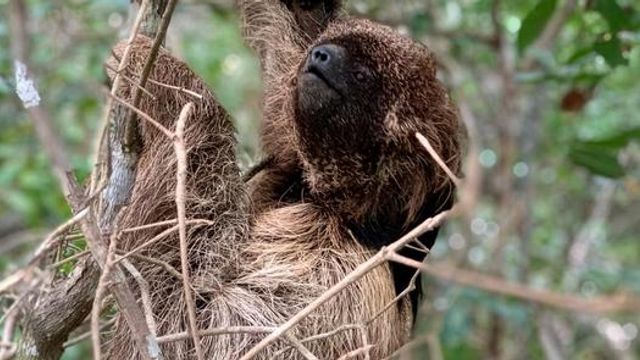
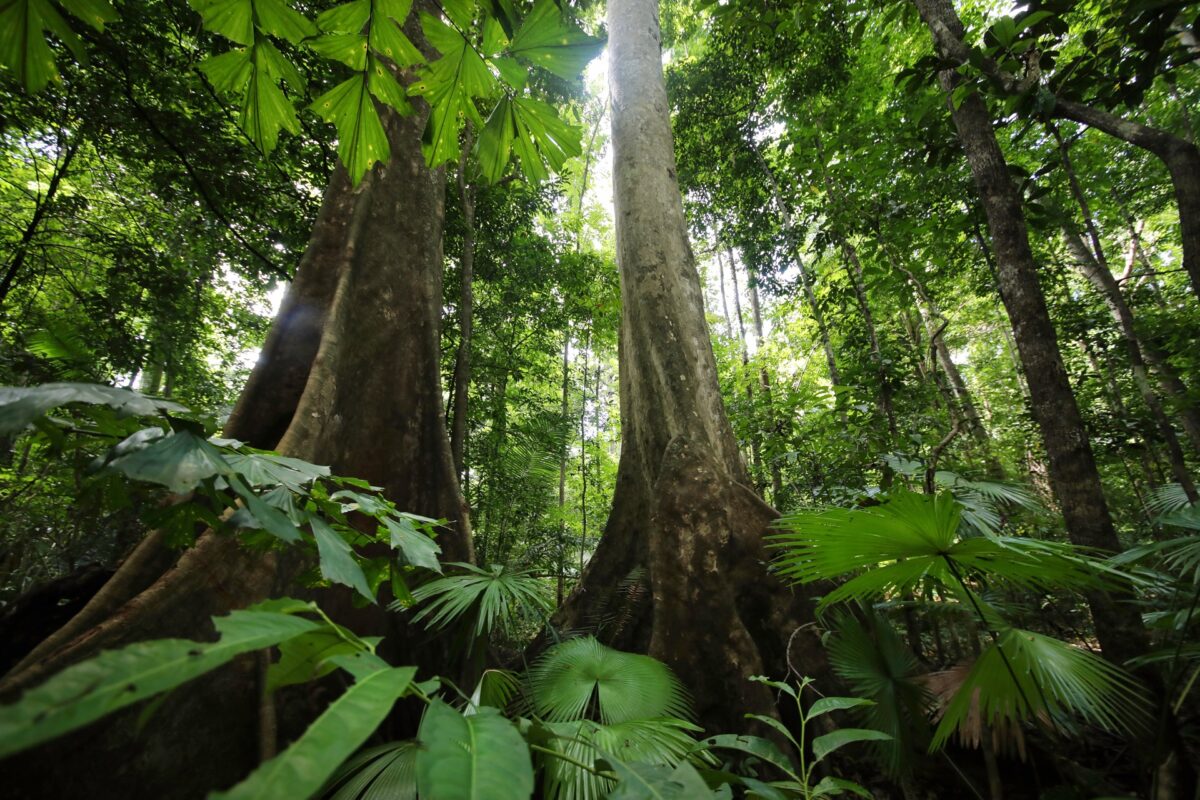




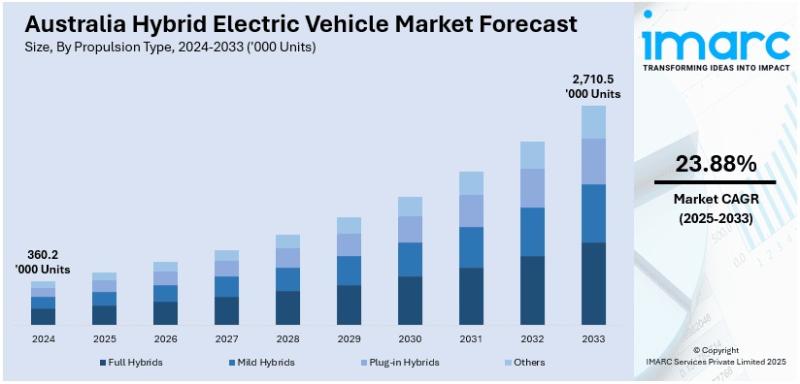

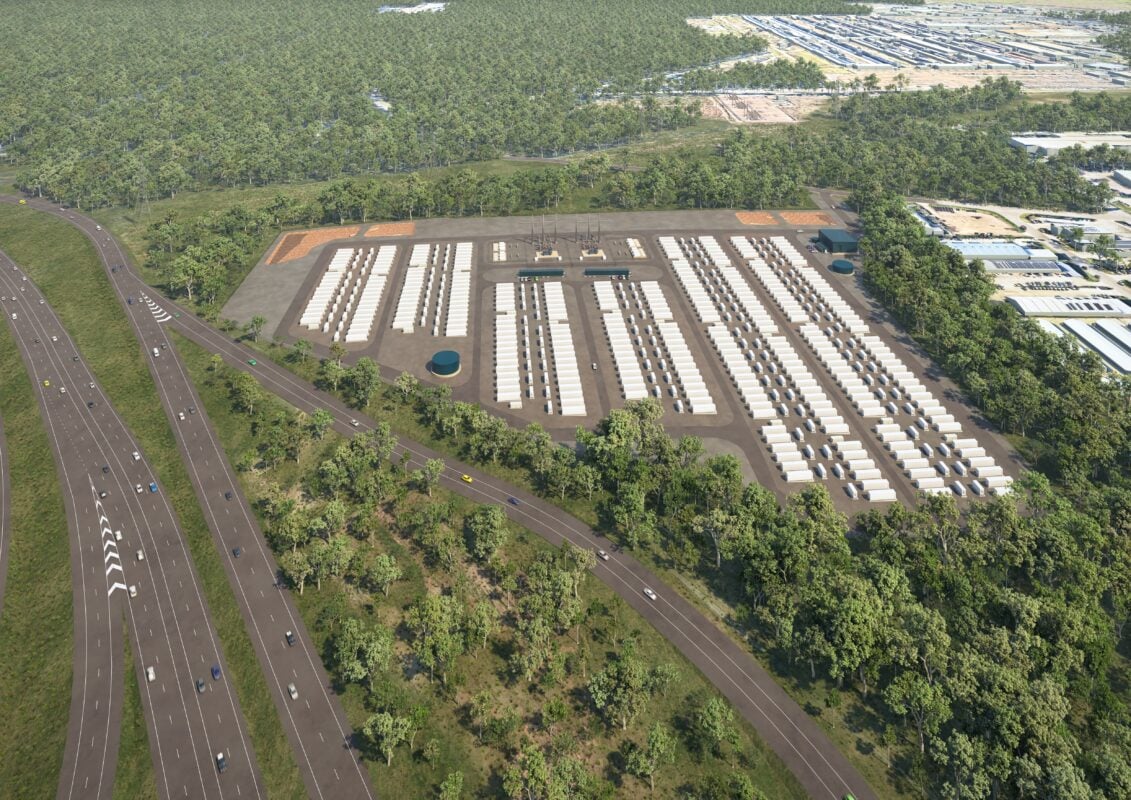



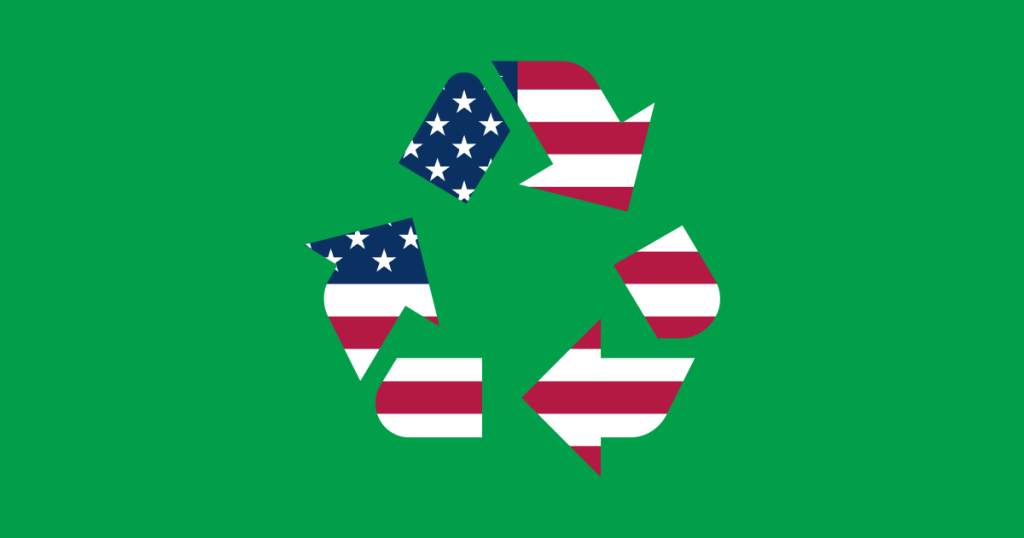





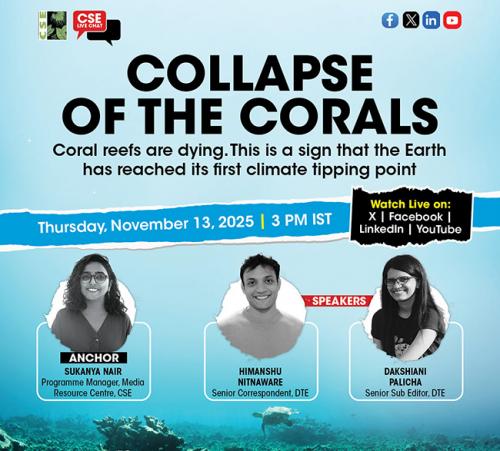

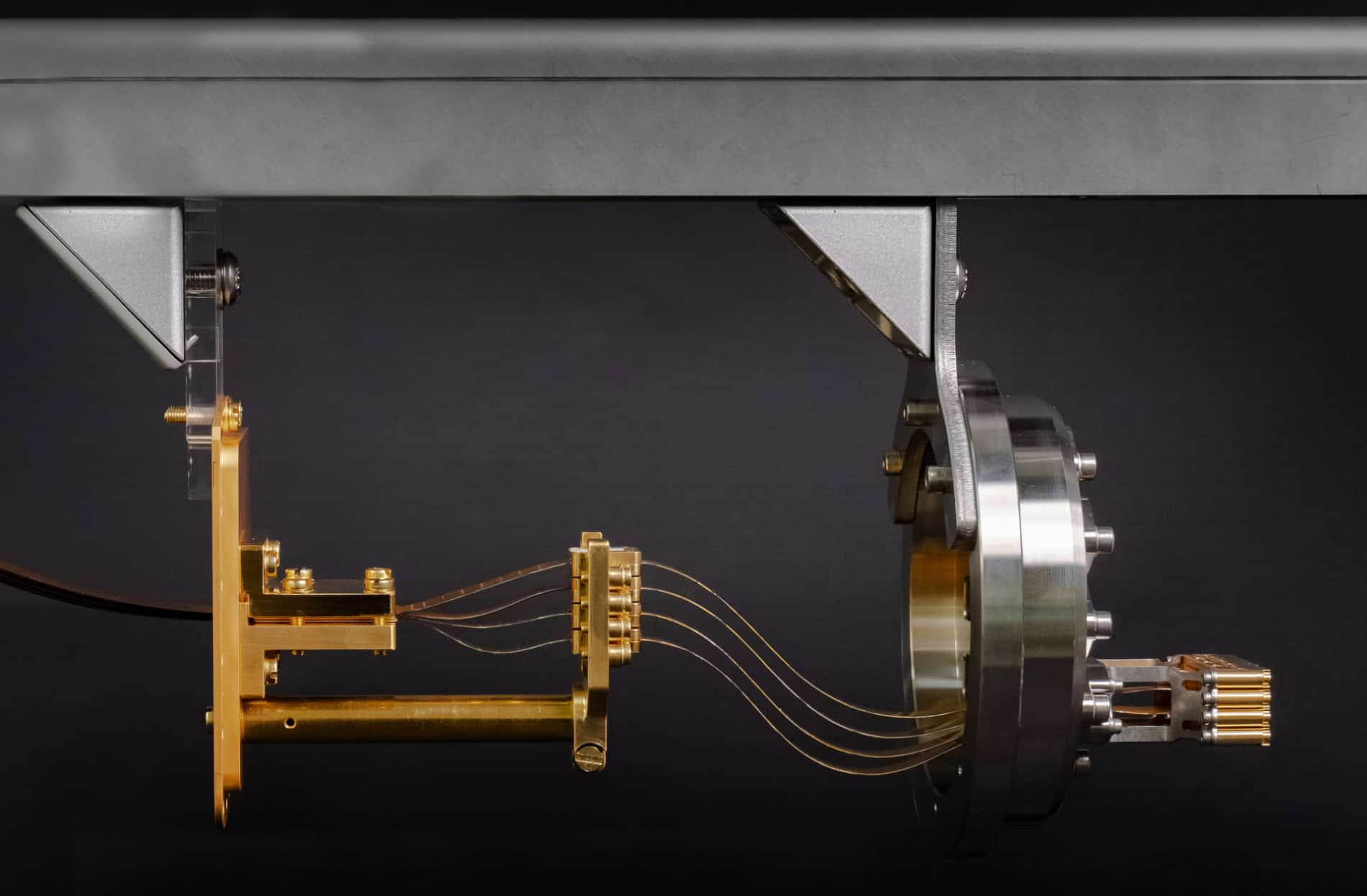







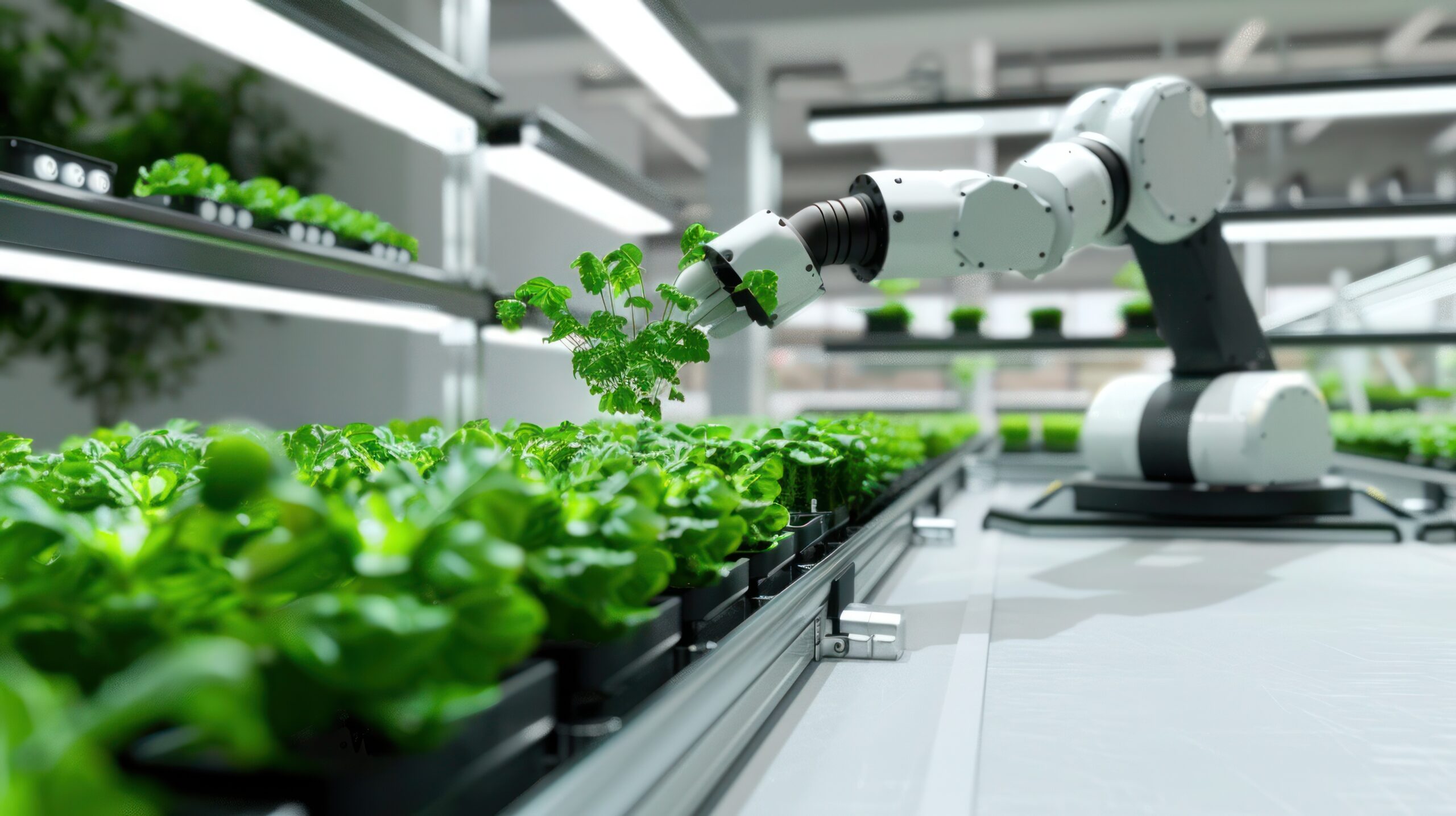
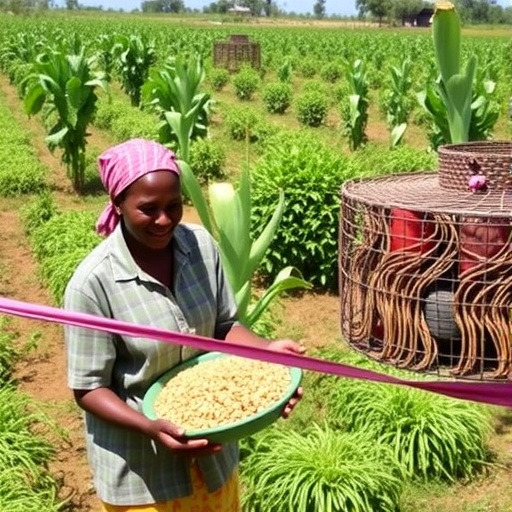
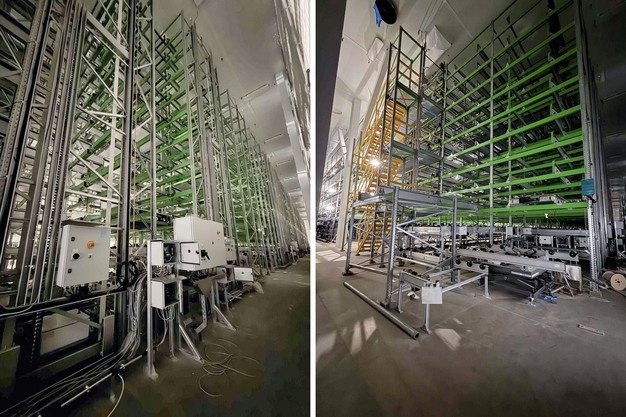

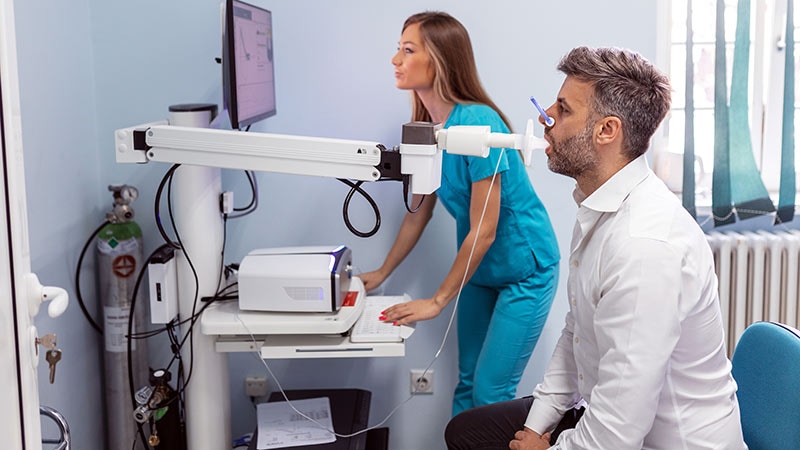

.jpg?#)

